Off-Grid Tiny Home: A Beginner’s Guide for 2025
Dreaming of an off-grid tiny home? Our guide covers solar power, water systems, and waste management to help you start your self-sufficient journey.
Cutting the Cord: Your Step-by-Step Guide to an Off-Grid Tiny Home
The dream of an off-grid tiny home speaks to a deep-seated desire for freedom. It’s the allure of true self-sufficiency, of disconnecting from aging public utilities and reconnecting with the natural world. It’s about quiet mornings powered by the sun and clean water provided by the rain. But turning this romantic vision into a functional reality requires careful planning, technical knowledge, and a commitment to a more conscious lifestyle. This isn’t just about building a small house; it’s about creating a self-contained ecosystem that provides for your essential needs: power, water, and waste management.
Welcome to your foundational guide. Here at NeatTinyHome.com, we believe that off-grid living is one of the most rewarding paths one can take. In this article, I’ll walk you through the three pillars of off-grid independence. We’ll demystify the components of a solar electric system, explore your options for clean water, and discuss responsible waste solutions. An off-grid tiny home is more than just a structure; it’s a commitment. Whether you envision a rustic cabin deep in the woods or a modern, high-tech solar powered house in the desert, these first steps will provide the roadmap you need to begin your journey with confidence.
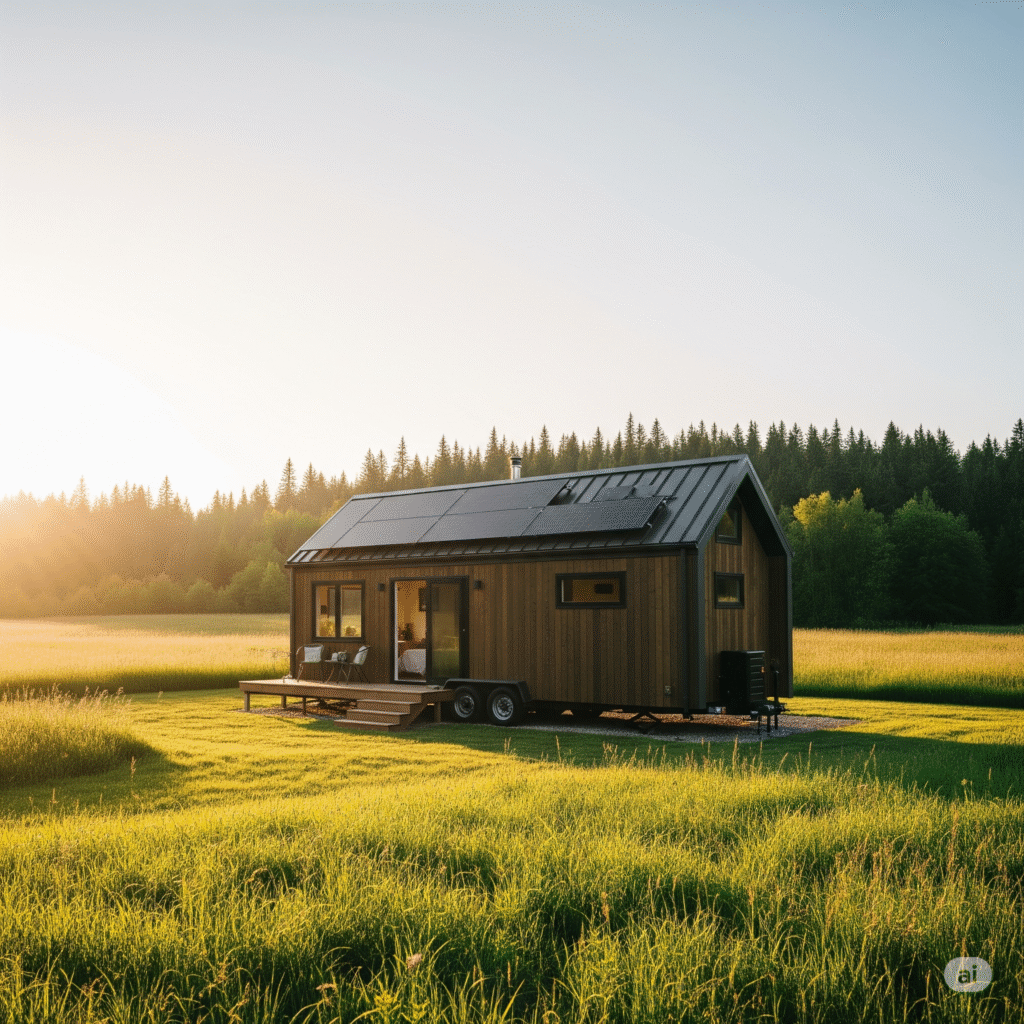
Your Power System: The Heart of an Off-Grid Home
Your journey to energy independence begins here. For virtually every off-grid tiny home, the solution is solar power. A well-designed solar electric system is reliable, silent, and, after the initial investment, provides free energy from the sun. Becoming a solar powered house might sound intimidating, but the system consists of four main components that work together. Understanding each part is the first step to designing a system that meets your specific energy needs. It’s crucial to perform an “energy audit” first—calculate the daily power consumption of all your appliances to know how much power you actually need to generate and store.
From my own experience setting up these systems, getting the sizing right is everything. A system that’s too small leads to constant frustration, while an oversized one is a waste of money. Here are the core components you’ll need:
- Solar Panels (Photovoltaic): These are the “collectors.” They capture sunlight and convert it into direct current (DC) electricity. The number of panels you need depends on your energy consumption and the amount of peak sun hours your location receives.
- Charge Controller: This is the brain of your solar system. It sits between the panels and the batteries, regulating the voltage and current to prevent the batteries from overcharging, which can be dangerous and damage them.
- Battery Bank: This is your energy reservoir. It stores the DC power generated by your panels so you can have electricity at night and on cloudy days. Lithium-ion (LiFePO4) batteries are the modern standard for an off-grid tiny home due to their long lifespan and efficiency.
- Inverter: The final piece of the puzzle. An inverter takes the DC power stored in your batteries and converts it into alternating current (AC) power, which is the standard electricity used to power most household appliances.
Investing in quality components is non-negotiable for an off-grid system. You can learn a great deal about sizing your system and selecting components from the excellent educational resources provided by companies like Victron Energy, a leader in off-grid power solutions.
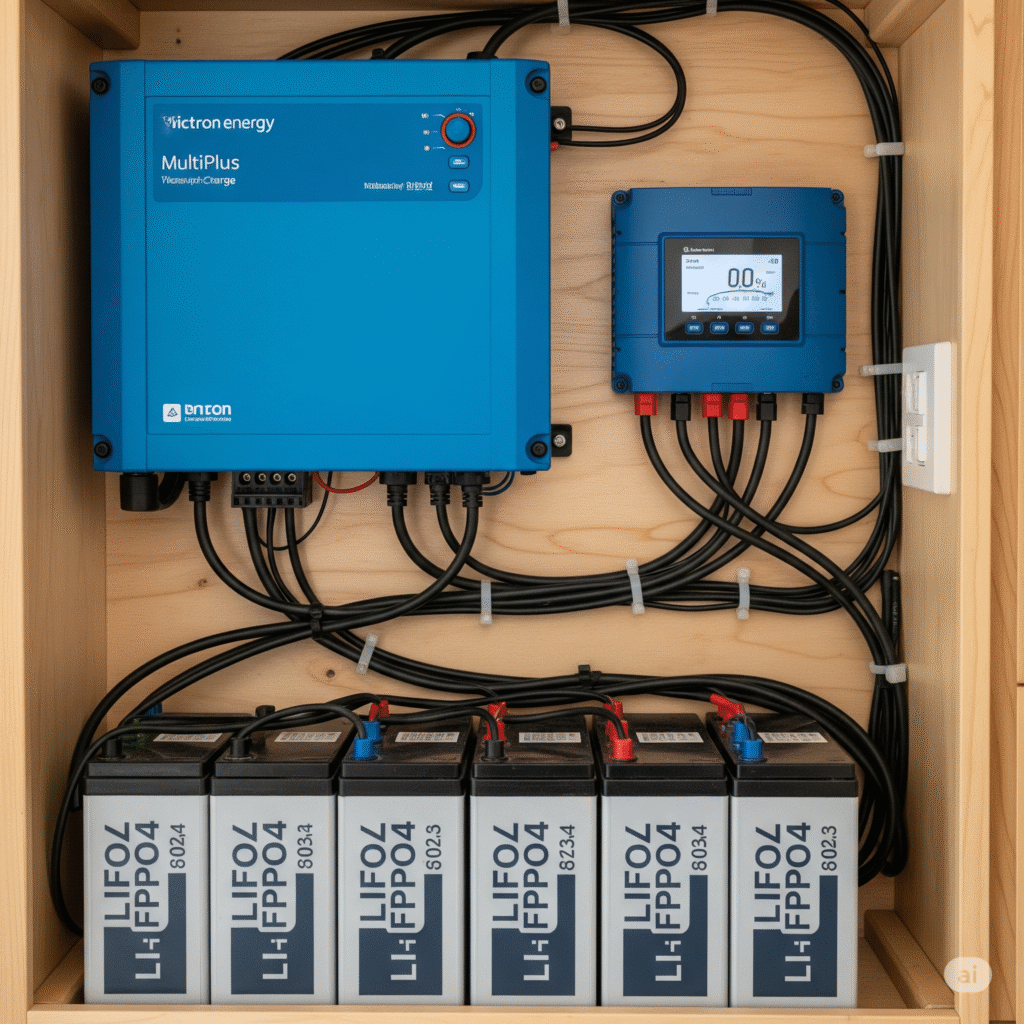
Water Independence: Sourcing, Purifying, and Conserving
Once you have power, the next life-sustaining resource to secure is water. For an off-grid tiny home, the most common and sustainable method for acquiring water is rainwater harvesting. This involves capturing rain that falls on your roof, channeling it through gutters into a pre-filter to remove large debris, and storing it in a large container called a cistern. Cisterns can be made of food-grade plastic or concrete and should be sized to hold enough water to get you through the driest parts of the year in your region. The size of your roof and your average local rainfall will determine how much water you can realistically collect.
Collected rainwater is not immediately safe to drink. It must be filtered to become potable. A multi-stage filtration system is essential for any off-grid tiny home. A typical setup includes a sediment filter to remove physical particles, followed by one or more carbon block filters to remove chemicals and improve taste, and finally, a UV sterilizer or a sub-micron filter to kill or remove bacteria, viruses, and cysts. A reliable, on-demand 12V water pump is then used to pressurize your system, delivering clean water to your taps just like in a conventional home. Water conservation becomes a natural part of daily life, teaching you to value every single drop.
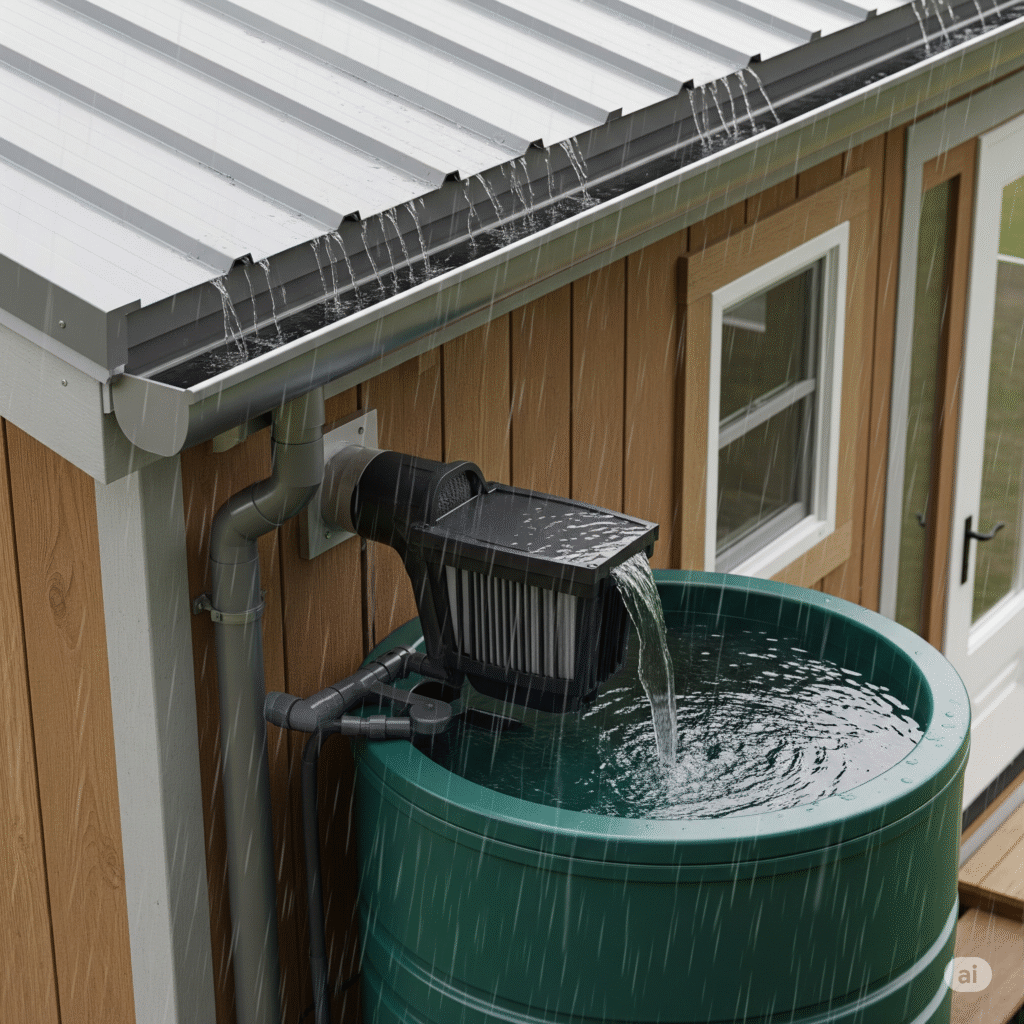
Closing the Loop: Smart Waste Solutions
The least glamorous but arguably most important pillar of off-grid living is managing your waste. In a traditional home, this is a service you never think about. In an off-grid tiny home, you are the waste management facility. For human waste (blackwater), the undisputed champion is the composting toilet. These remarkable devices use natural decomposition to break down waste into a safe, soil-like compost, completely eliminating the need for a septic system or sewer connection. They don’t smell (when managed correctly) and use little to no water. High-quality models from established brands like Nature’s Head have become the industry standard for their simplicity and reliability.
For your other wastewater from sinks and showers (greywater), you have an opportunity to create a circular system. Instead of treating it as waste, you can divert your greywater through a simple filtration system (like a mulch basin filled with wood chips and gravel) to water non-edible plants, shrubs, and trees. This not only reuses a precious resource but also reduces your impact on the surrounding environment. Finally, you are still responsible for your household trash. This reality encourages a minimalist and low-waste lifestyle, forcing you to think carefully about every item you bring into your off-grid tiny home.
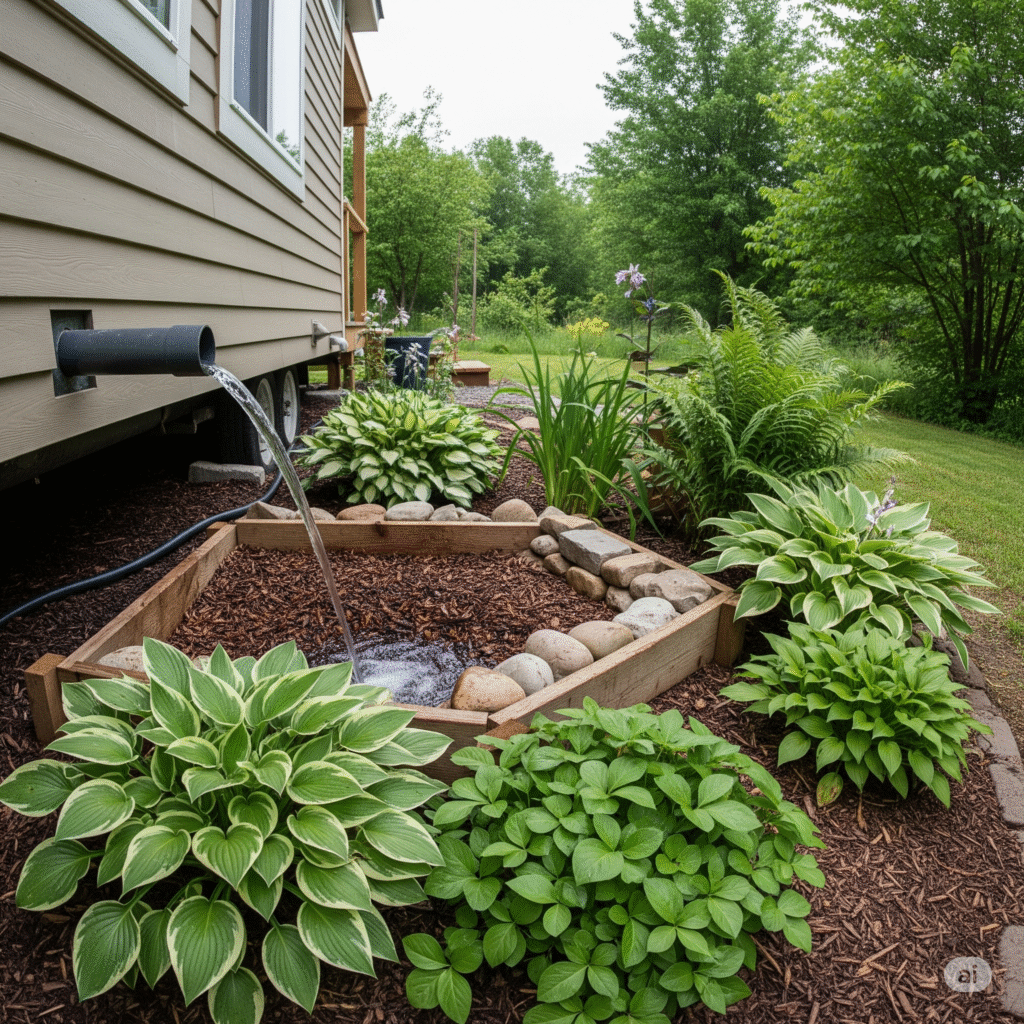
Final Thoughts: It’s a Lifestyle, Not Just a House
Building an off-grid tiny home is a journey that is as much about mindset as it is about materials. It requires you to become a student of your environment—to understand the patterns of the sun, the rain, and the seasons. It forces a level of mindfulness and resource conservation that is often lost in modern life. From personal experience, the biggest shift happens in your daily habits. You become acutely aware of how much power you’re using on a cloudy day, or how long your shower is running. This awareness isn’t a burden; it’s a deeply empowering connection to your own survival and sustainability. The initial learning curve is steep, but the payoff—true independence and a profound sense of accomplishment—is immeasurable. Your off-grid journey starts with these systems, but it blossoms into a simpler, more resilient way of life.
Are You Ready to Go Off-Grid?
What part of building an off-grid tiny home excites you the most? Is it the solar power, the water independence, or something else entirely? Share your dreams and questions in the comments below!
Frequently Asked Questions
Is it legal to live in an off-grid tiny home?
This is highly dependent on local zoning laws and regulations, which can be very strict. Some areas have minimum square footage requirements or prohibit full-time living in structures classified as RVs. It’s absolutely essential to thoroughly research the laws in the specific county you plan to live in before buying land or building your off-grid tiny home.
How much does it cost to set up an off-grid system?
The cost for the off-grid systems (power, water, waste) can be substantial. A reliable solar power system for a tiny home can cost between $8,000 and $20,000+. A full water harvesting and filtration system can be $2,000 to $7,000, and a quality composting toilet is around $1,000. These are significant upfront costs that lead to long-term savings.
What is the hardest part of living off-grid?
Many people find that the biggest challenge is the mental shift required. You are responsible for everything. If a system breaks, there’s no one to call for an instant fix—you are the maintenance person. It requires planning, foresight, and a willingness to learn and troubleshoot. However, this challenge is also what makes the lifestyle so rewarding.
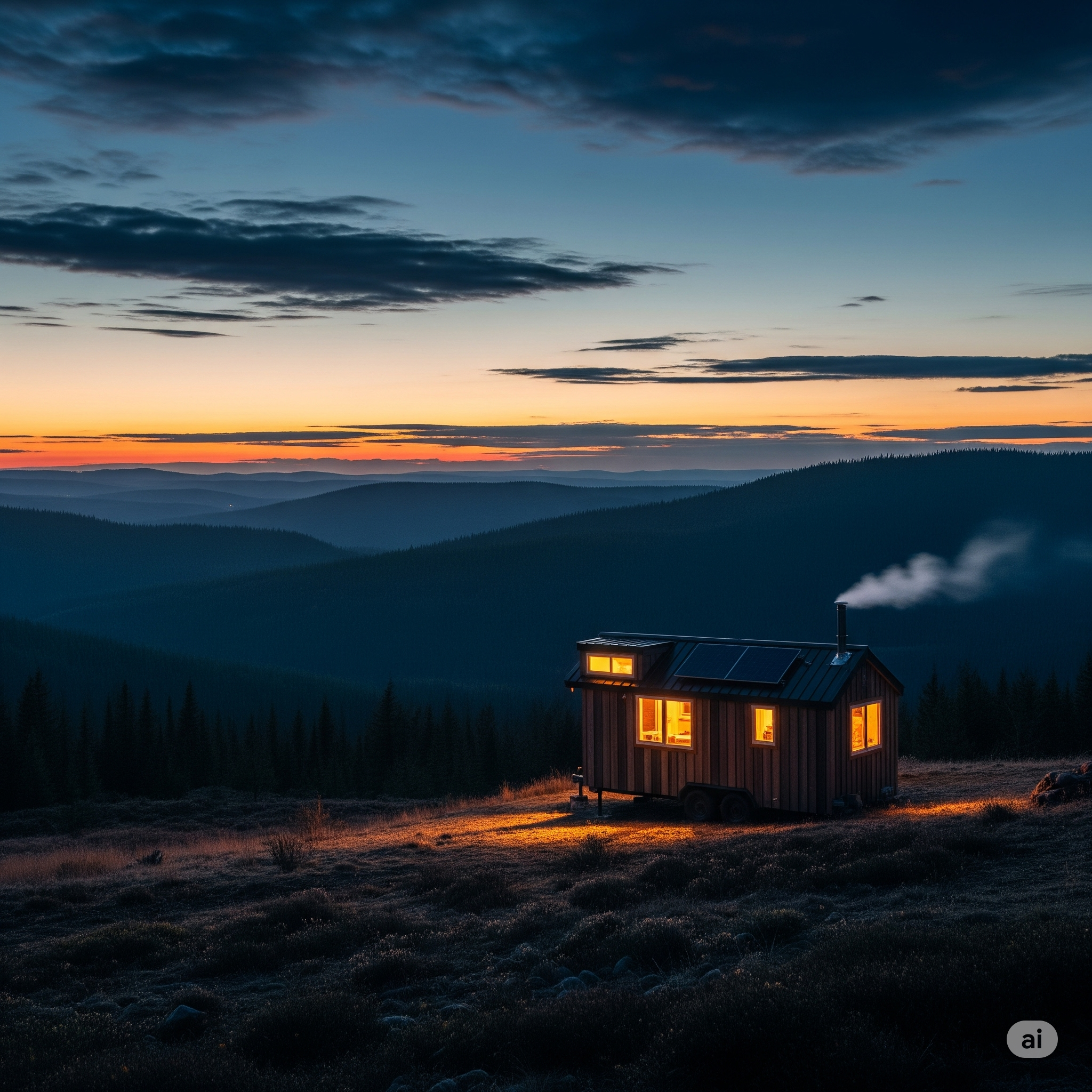
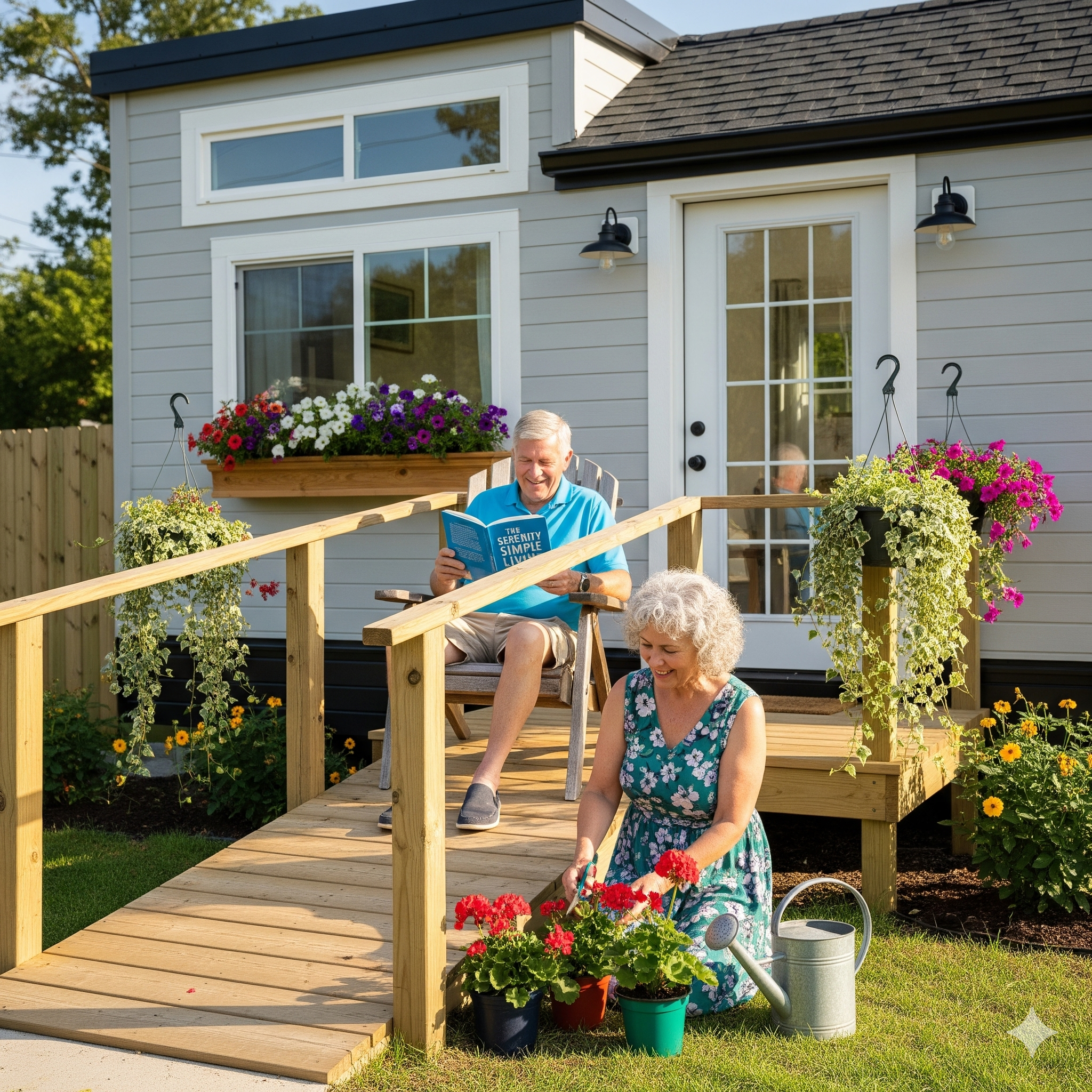
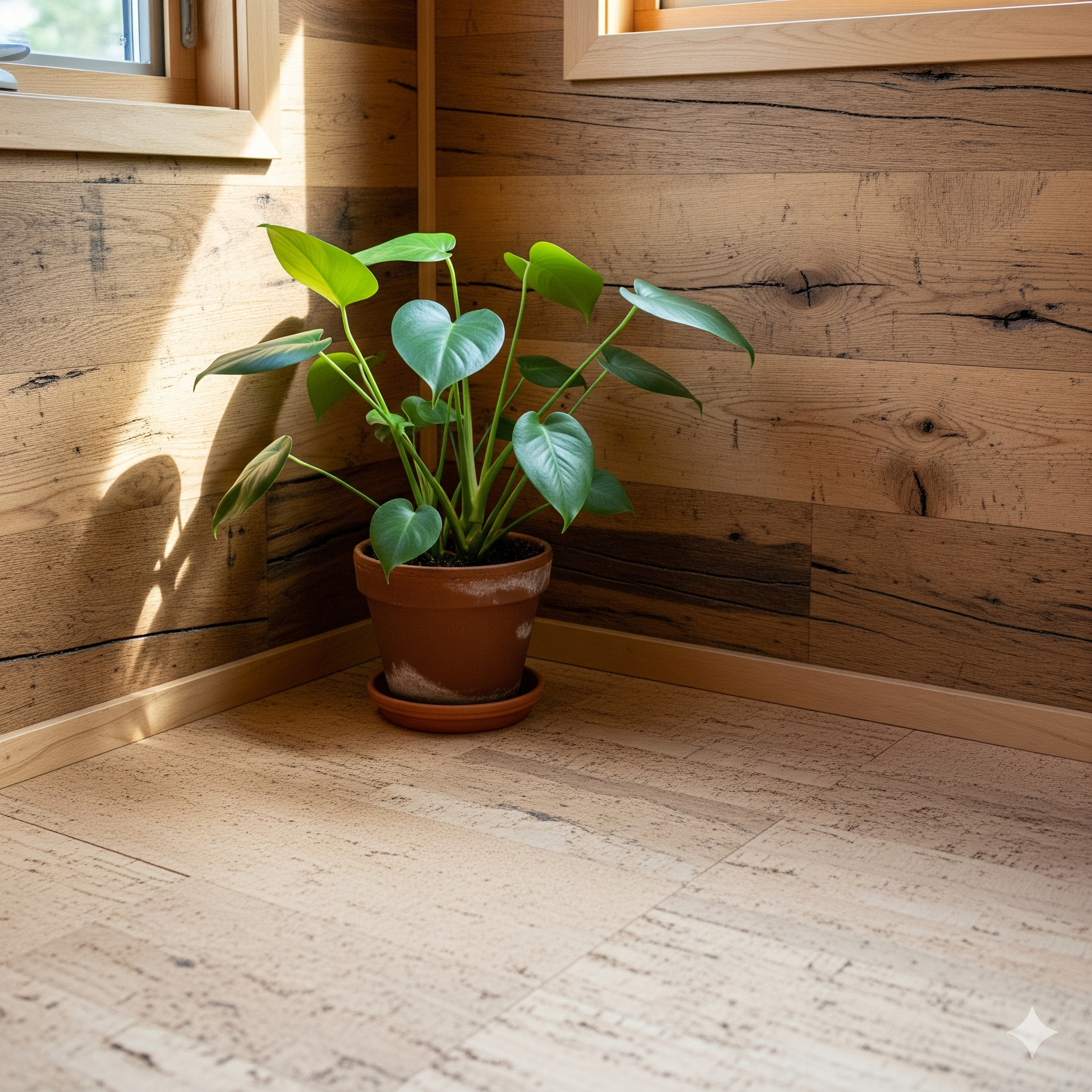
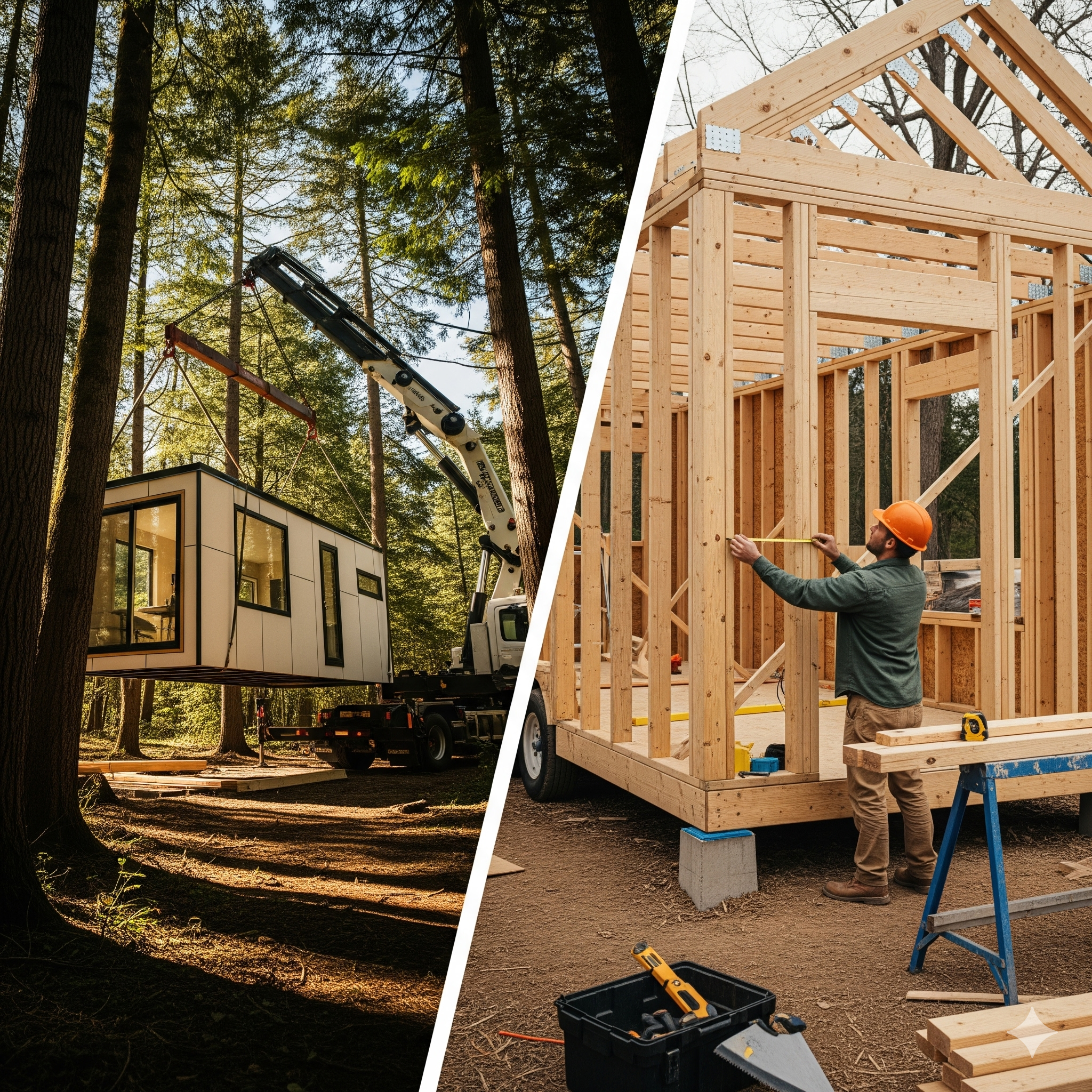
Post Comment